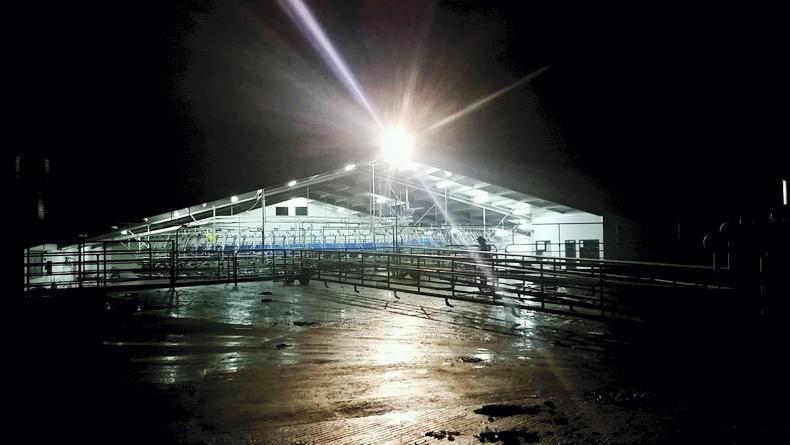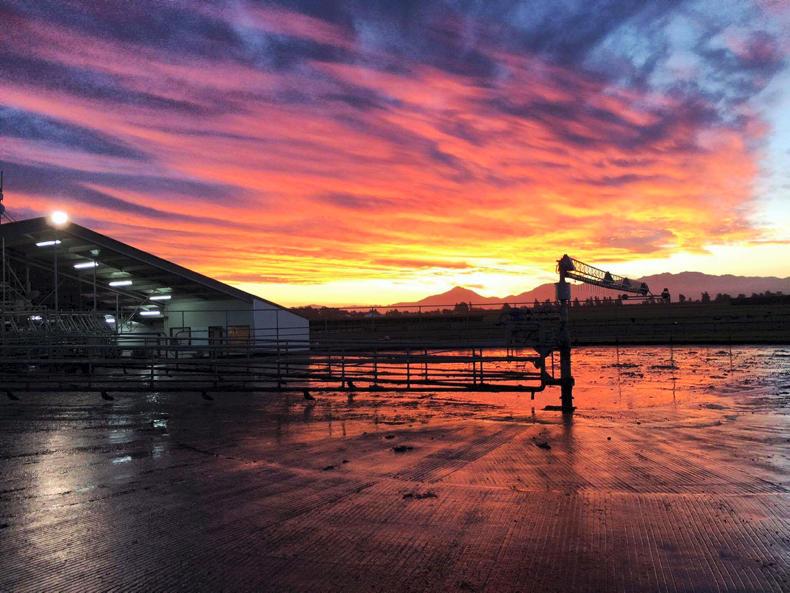For a six-week period at Kolmar Dairies, from 1 February to 10 March, the herd of 500 cows were milked three times a day. This herd consisted of high-yielding cows producing 30 litres and more of milk.
Morning milking started at 4am and evening milking started at 1pm, to facilitate the third milking which would start at 8pm.
Four extra staff were employed to carry out the three times-a-day milking and the working day was spilt into two shifts.
The morning shift required five people and began at 3.30am until 1pm, while the four people on the evening shift began at 1pm and worked until 10pm.

Labour, along with extra feed costs and electricity, are the main additional inputs necessary to run a three times-a-day milking system.
To pay for those extra inputs, the aim is to obtain an extra 10l of milk per cow without compromise to the cow’s health or fertility.
During the six-week period, the cows produced on average an extra 4,000l per day, with milk solids also slightly increasing and exceeding the farm average of 2.3kg of milk solids per cow.
Cow comfort
There were also some other positives, in terms of animal health and comfort. The majority of these high-producing cows have quite large udders and by milking these cows three times a day, cow comfort was improved.
There was a dramatic drop in somatic cell count and reduction in the incidence of mastitis on the farm
However, the most evident and encouraging outcome of milking three times a day was a dramatic drop in somatic cell count and reduction in the incidence of mastitis on the farm. The number of cows in the ‘‘red’’ (mastitis) herd decreased dramatically, saving the farm money on mastitis treatments.
Kolmar Dairies will return to milking three times a day in August when the spring herd of just over 1,000 cows have calved down.
Roisin Horan is an agricultural science student at WIT and is travelling as part of his professional work experience (PWE) programme. Roisin is a winner of the Agricultural Science Association – PWE Travel Bursary Award which is supported by the Irish Farmers Journal.
Student blog: from no tillage to 9,000ac of crops in Canada
Student blog: branding calves and injecting hormones in Canada
Greenfield Farm update: quality May grass driving milk production






 This is a subscriber-only article
This is a subscriber-only article







SHARING OPTIONS: